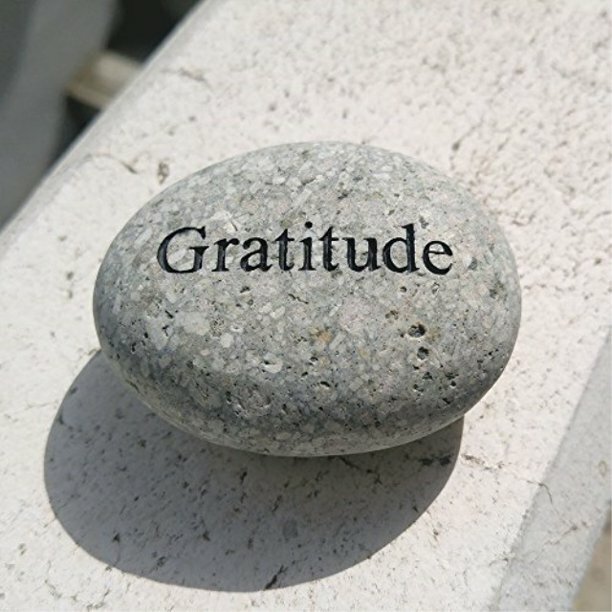Yet as I write this toward the end of November, it’s clear to me ‘that train has left the station.’ Next year I promise to cover this topic well before you start grumbling about pulling out your rake and/or lawn mower.
So instead, with Thanksgiving around the corner, gratitude seems like a particularly pertinent topic. In this case, gratitude for the numerous resources available that can help us all become savvier sustainable gardeners.
Below are 10 useful resources. Please note: this is not a ‘Top 10’ list. And, if you’re of the mind, there’s no need to archive or print this blog for future reference. Simply click on the Resources tab on my website to access resources described here. I’m working on providing many more helpful tools, as well.
- Chicago Regional Tree Initiative—As described on its website, CRTI is ‘a partnership for coordinated action to improve the health, diversity, and equitable distribution of trees to benefit people and communities in the Chicago region.’ That said, with the many types of partners CRTI collaborates with, the website covers a lot of ground. Information of most relevance to native gardeners can be found in the Homeowner Hub. Topics here cover how to select, plant and care for trees as well as guidance on hiring an arborist. There are also videos explaining how to manage trees on your property.
- Garden Design—In a former life, Garden Design was a beautiful, glossy quarterly magazine. That gave way to a strictly online presence. While not as satisfying for me to behold as the print publication, the website is chockfull of information on garden design ideas and plants. My only caveat: Proven Winners, a national plant provider, seems to be a major supporter of the website as its plants are frequently featured.
- Illinois Monarch Project—It doesn’t seem right to have a list of sustainable gardening resources without including information on protecting the ever-charismatic monarch butterfly. Go to the site’s Resources page and click on the ‘Individuals’ tab to learn about creating monarch habitat, rearing monarchs, Illinois native plant sales and more.
- Missouri Botanical Gardens—Why a Missouri resource? Well, this St. Louis-based botanical garden has one of the best plant finders I’ve come across. You can search for more than 7,000 plants using a multitude of criteria. Type in a plant name and up pops an in-depth profile on its habitat, size, bloom time, etc. Detailed guidance on how to best grow and care for the plants is provided as well as noteworthy characteristics.
- National Gardening Association—while this association’s website is not as geographically focused as others I’ve described, it has a lot of useful information and tools. This includes an extensive plant database with beautiful photos. The database is a collaboration of the website’s 4,000 worldwide members; experts review information submitted by members for accuracy. Other gems available include gardening calculators (to estimate landscape material quantities needed) and an extensive Learning Library.
- The Conservation Foundation—Working in the collar counties of Chicago, the Foundation preserves open space, protects waterways and promotes environmental stewardship. Click on the Resources tab to access publications, videos (including recordings of its educational webinars), a calendar of events and even recipes to make the most of your vegetable garden’s bountiful harvest.
- The Morton Arboretum—The Arboretum has many useful resources. On its website you can visit Tree and Plant Care. Page down and you’ll find links to search for plants and trees, get expert advice on plant care and guidance on how to handle typical tree and plant issues. For your most puzzling plant questions, the Arboretum offers a plant clinic staffed by Master Gardeners. Contact the clinic via e-mail or call 630-719-2424.
- The Spruce—This website covers a range of topics that “offer practical, real-life tips and inspiration to help you make your best home.” That being the case, I find its Gardening resources to be the most useful. Landscaping, pest & problems and wild birds are some of the topics covered. Also helpful is its Green Improvements section featuring tips and how-to guides to make your home more sustainable.
- University of Illinois Cooperative Extension Services—The Extension Services is not just a go-to for farmers and natural resource managers. It provides a wealth of in-depth information for gardeners, too. Click on the Extension’s Horticulture link and voila, you’ve landed at a digital information treasure trove delivered as webinars, fact sheets, blogs, on-line newsletters and more. Careful: It’s easy for those with an insatiable thirst to learn more about gardening to ‘dive too far down the rabbit hole’ when visiting this site!
- Wild Ones--The mission of Wild Ones is to “promote environmentally friendly, sound landscaping to preserve biodiversity through the preservation, restoration, and establishment of native plant communities.” With chapters in the Chicago area and nationwide, Wild Ones strives to fulfill its mission through communications such as webinars, a quarterly journal, and examples of native garden designs.
I hope you find these resources helpful. If you have a resource you think would be valuable to share, please e-mail me and I will post it. I would be grateful and so would your fellow readers.
Speaking of gratitude, I am grateful for your interest in and commitment to sustainable landscaping. Beyond feeling fortunate that you read my blog, I feel blessed to have you as family, friends and clients.
Have a very Happy Thanksgiving!
